Overall Equipment Effectiveness (OEE) is a critical metric for evaluating manufacturing efficiency, combining availability, performance, and quality. While many companies track OEE, the real value lies in identifying and addressing hidden losses. Modern technologies like IoT, AI, and digital twins are transforming how manufacturers tackle inefficiencies. In this post, we’ll explore actionable strategies to improve OEE and eliminate waste.
What Is OEE and Why Does It Matter?
OEE measures how effectively equipment is used by analyzing three components:
- Availability: Uptime vs. planned production time.
- Performance: Actual speed vs. ideal cycle time.
- Quality: Good units vs. total units produced.
A high OEE (typically 85%+ for world-class operations) indicates minimal downtime, optimal speed, and consistent quality. For example, a factory with 75% OEE loses 25% of its potential output to inefficiencies. By targeting losses in each component, manufacturers can unlock significant productivity gains.
Common Causes of Low OEE
- Unplanned Downtime:
- Equipment failures, material shortages, or operator errors.
- Example: A packaging line halted for 2 hours daily due to conveyor belt jams.
- Slow Cycle Times:
- Machines running below standard speed due to wear, poor maintenance, or suboptimal settings.
- Quality Losses:
- Defects from calibration issues, contamination, or process deviations.
- Micro-Stoppages:
- Brief, undocumented pauses (e.g., 5-minute sensor resets) that cumulatively waste hours daily.
How IoT and Data Analysis Uncover Losses
Modern OEE improvement starts with real-time data collection:
- IoT Sensors: Track machine states (running/idle/failed), cycle times, and energy use.
- Automated Downtime Logging: Classify stoppages (mechanical, material, human error) without manual input.
- Performance Analytics: Compare actual output to theoretical limits to spot slowdowns.
Example: A German steel mill reduced micro-stoppages by 25% after installing vibration sensors to detect early bearing wear.
The Role of Digital Twins in OEE Optimization
A digital twin-a virtual replica of production lines-enables:
- Simulation: Test layout changes, maintenance schedules, or workflow adjustments without disrupting operations.
- Root Cause Analysis: Identify bottlenecks by correlating downtime events with process parameters.
- Predictive Maintenance: Forecast equipment failures using historical and real-time data.
Case Study: A Polish automotive plant used DBR77’s digital twin to simulate line configurations, reducing setup times by 15% and boosting OEE from 62% to 75% in six months.
Quick Wins to Improve OEE
- Standardize Changeovers:
- Reduce setup times by 5–10% through tool standardization and operator training.
- Automate Quality Checks:
- Vision systems or inline sensors can cut defect rates by 10–15%.
- Address Micro-Stoppages:
- Use AI to detect patterns (e.g., frequent pauses during shift changes) and adjust workflows.
- Optimize Maintenance:
- Shift from reactive to predictive maintenance using IoT-driven alerts.
Engaging Teams in OEE Improvement
- Daily Huddles: Review OEE dashboards with operators to discuss losses and solutions.
- Gamification: Set team goals for reducing downtime or defects, with real-time progress tracking.
- Cross-Functional Collaboration: Involve maintenance, logistics, and quality teams in problem-solving.
Example: A furniture manufacturer increased operator buy-in by sharing OEE trends on floor-level displays, leading to a 12% OEE boost.
Visualization Tools for Actionable Insights
- Real-Time Dashboards: Highlight OEE, top loss categories, and machine status.
- Pareto Charts: Prioritize the 20% of issues causing 80% of losses (e.g., recurring electrical faults).
- Heatmaps: Identify high-loss zones in production layouts (e.g., frequent jams at Station 3).
Case Study: DBR77 in Action
Problem: A consumer goods plant struggled with OEE of 62% due to frequent downtime and defects.
Solution: DBR77’s platform integrated IoT sensors and a digital twin to:
- Automatically classify downtime causes (40% material delays, 30% mechanical issues).
- Simulate workflow changes, reducing setup times by 20%.
- Provide AI-driven recommendations for preventive maintenance.
Result: OEE rose to 75%, defects dropped by 12%, and production lead times improved by 18%.
Common OEE Analysis Mistakes to Avoid
- Averaging Data: Analyzing plant-wide OEE hides underperforming lines or machines.
- Ignoring Micro-Stoppages: Small pauses can account for 15–20% of lost time.
- Overlooking Human Factors: Poor training or communication often drives quality issues.
- Data Silos: Failing to integrate maintenance, production, and quality systems leads to incomplete insights.
Conclusion
Improving OEE isn’t about chasing a number-it’s about systematically eliminating waste. By combining IoT-driven data, digital twins, and team engagement, manufacturers can turn hidden losses into measurable gains.
Ready to transform your OEE?
Explore how DBR77’s integrated platform provides real-time visibility, predictive insights, and actionable recommendations to maximize your operational efficiency. Visit our IoT solutions page to learn more.
Finally, we invite you to listen to our podcast, where we discuss the latest trends and practices in data-driven manufacturing. Subscribe to us on your favorite streaming platform so you don’t miss future episodes where we share inspiration, expert interviews and practical tips for production leaders.
Subscribe to stay up to date:
https://www.buzzsprout.com/2502904/episodes/17357301
Book a free session with a DBR77 expert and see how our platform works in action.
Let’s talk: Book a meeting
Until we hear from you!
